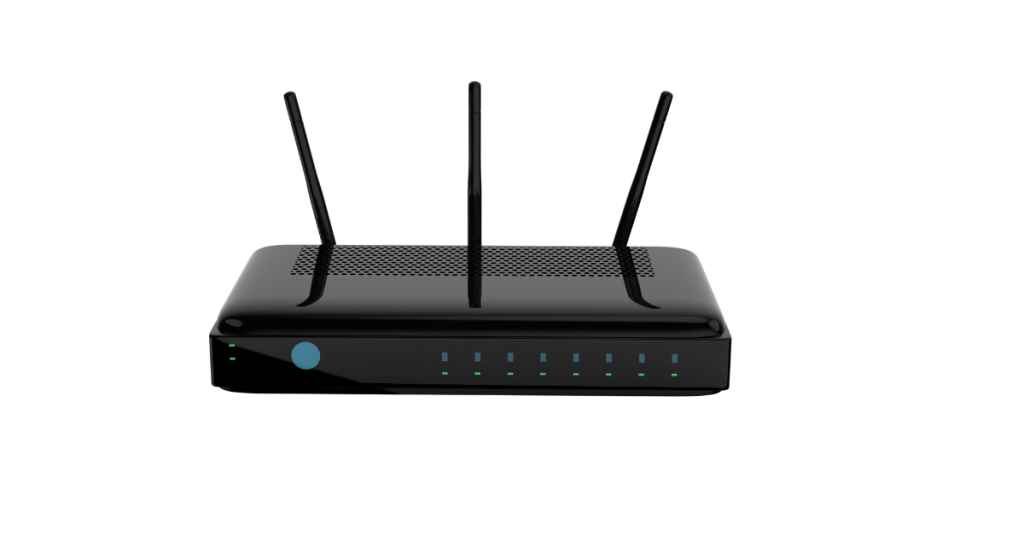Connecting a desktop computer to the internet requires having the proper hardware, active internet service, and following the right setup steps for your configuration. This involves getting wired Ethernet or Wi-Fi capability installed, having your ISP provision broadband connectivity, and properly linking all elements together both physically and through network settings.
This article provides prerequisites like network adapters, modems, routers, and ISP service required prior to establishing internet access. It then gives step-by-step instructions for connecting over Ethernet cabling or Wi-Fi wireless. The troubleshooting section offers solutions for issues like disabled adapters, faulty cabling, authentication problems, and ISP support contact if needed. Additional troubleshooting expands on reasons for failed internet connectivity, and a full tutorial for installing Wi-Fi adapters is covered for unsupported desktops.
By checking fundamentals are in place, carefully following provided guidance, and ruling out potential points of failure, your desktop can successfully get online and connect to the wider internet through either wired or wireless means. The layered advice aims to link all the required pieces for productive web browsing, streaming, gaming, and more.
I. Prerequisites
To connect a desktop or laptop computer to the internet, first, ensure your machine has either an Ethernet network port or a Wi-Fi wireless adapter. Most modern computers have one or both built-in. For older systems, you may need to install an Ethernet or Wi-Fi card into an open PCIe or other expansion slot. USB Wi-Fi adapters are also an option.
Next, confirm you have active internet service established with an ISP (Internet Service Provider). This usually entails contacting a telecom, cable, or satellite company to install a connection and may require a service technician visit. Common residential broadband options include cable, DSL, fiber optic, or fixed wireless.
Additionally, your ISP will typically install a modem and/or router to interface with their network. A modem converts data signals from digital to analog, and back again, allowing computer data to be transmitted over infrastructure. Routers assign private IP addresses, firewall security, wireless access point capabilities, and more.

II. Instructions
To utilize a physical Ethernet connection, first locate the RJ45 Ethernet port on your computer, usually on the back or side panel. Connect one end of a CAT5e or CAT6 patch cable to this port, ensuring the connector clicks into place. Plug the other end into an open LAN port on your modem or router, also listening for a click.
If connecting through a separate modem and router, confirm the modem coax connection is active by checking indicator lights are on and solid. Power on the router if necessary and connect its WAN port to the modem’s LAN port using the proper cable. Restart your networked computer for changes to take effect.
For a Wi-Fi connection, click the wireless network icon in your system tray or taskbar, commonly denoted by radio-like waves. A list of detected wireless networks will appear. Select the desired network and click Connect. If prompted, enter the correct Wi-Fi password or passphrase to authenticate, and wait for the connection to fully establish.
III. Troubleshooting
If connectivity issues arise when trying to get online, first check that your computer’s Ethernet or Wi-Fi adapter is powered on within Settings or Network Connections. For Wi-Fi, ensure the wireless antenna switch is in the on position if external. Also, verify that the modem and router are getting power, that any indicator lights are on, and that the cabling between them is secure.
Test if your configured internet connection is active by connecting a different device temporarily like a laptop or mobile phone. Try rebooting the networked computer, modem, and router in case synchronization is lost. Review account details with your ISP to confirm service is provisioned correctly and monthly dues are paid in full. They can also assist with troubleshooting or send a technician if needed.
Why is my PC not connecting to the Internet?
There are several reasons why a desktop computer may fail to connect to the internet:
- Faulty network adapter drivers need to be updated or reinstalled
- Wrong physical cabling between the modem, router, and computer
- Wi-Fi signal blocked by distance, obstacles, or interference
- Disconnected Ethernet cable or damaged/missing wireless antenna
- Modem, router, or network card disabled, unplugged, or malfunctioning
- Outdated network card unable to support modern connections
- Incorrect TCP/IP, DNS server, or proxy settings configured
- Issues with ISP provisioning of internet connectivity
- Viruses, malware, or spyware interfering with the networking stack
- Conflicts with installed firewall, VPN, or filtering software
- Authentication problems due to wrong passphrase or password
If troubleshooting basic connectivity fails, your ISP can assist further by testing connection strength, resetting equipment, and verifying configurations. They may also need to send a technician for on-site support.
How do I install a Wi-Fi adapter on my computer?
To install a Wi-Fi adapter on a desktop computer without built-in wireless connectivity, follow these steps:
- Choose a compatible Wi-Fi adapter like a PCIe card or USB dongle for your PC model. Confirm it supports modern 802.11ac Wi-Fi or better.
- Power down the computer and unplug the power supply before internal hardware installation. For PCIe cards, remove the case panel and install it into an open PCIe x1 or x4 expansion slot.
- For USB Wi-Fi dongles, simply insert the device into any open USB-A port once powered back on.
- Boot into Windows and allow drivers to automatically install the new wireless adapter if prompted.
- Manually download and install the latest driver package from the Wi-Fi adapter manufacturer’s website for maximum performance.
- In Network Connections, double-click the new wireless adapter and enter details like network name, security type, and any required passwords.
- Run Windows Update to ensure you have the latest network drivers and system updates installed.
- Reboot your computer and connect to your desired Wi-Fi network through the normal process.
- Verify connectivity by pinging websites and performing speed tests to check signal strength.

